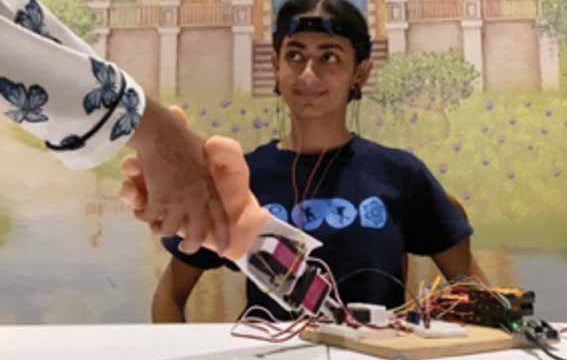Authors: Maha Nawaz, Abdul Basit, Muhammad Shafique
Published on: March 29, 2024
Impact Score: 8.0
Arxiv code: Arxiv:2403.19992
Summary
- What is new: The novelty of the MindArm system lies in its utilization of low-cost EEG electrodes and an open-source brain-computer interface to create an affordable, non-invasive neuro-driven prosthetic arm.
- Why this is important: Existing technological solutions for people with mobility impairments are either too expensive or require invasive procedures, limiting access for individuals with diverse financial backgrounds.
- What the research proposes: The proposed MindArm system uses a deep neural network to translate brain signals into prosthetic arm movements, employing low-cost components and non-invasive methods to improve accessibility and functionality.
- Results: The MindArm prototype demonstrated high success rates in performing defined actions, with a 91% success rate for idle/stationary, 85% for handshake, and 84% for picking up a cup.
Technical Details
Technological frameworks used: Open Brain Computer Interface with UDP networking for signal acquisition and transmission.
Models used: Deep Neural Network (DNN) for signal processing and interpretation.
Data used: Normalized micro-voltage brain signals acquired through surface electroencephalogram (EEG) electrodes.
Potential Impact
This research could disrupt markets for prosthetic devices and assistive technologies, benefiting companies focused on affordable healthcare solutions and impacting manufacturers of high-cost, invasive prosthetics.
Want to implement this idea in a business?
We have generated a startup concept here: MindLink Prosthetics.



Leave a Reply